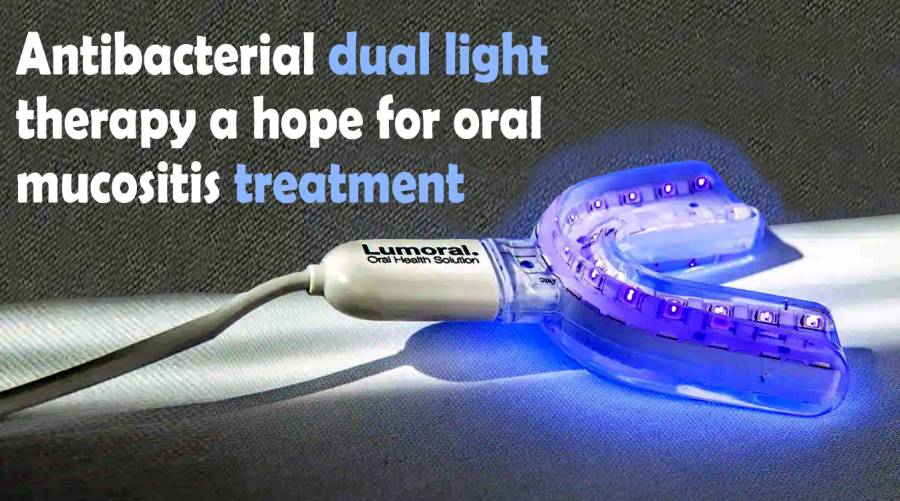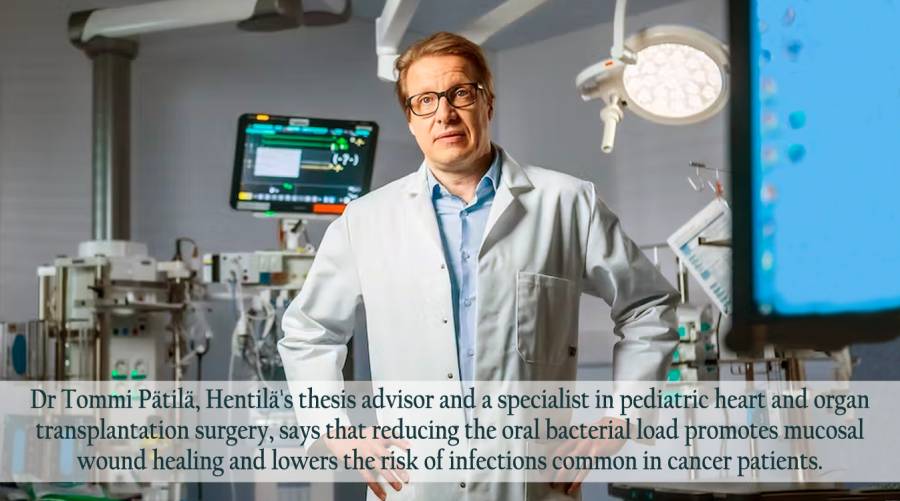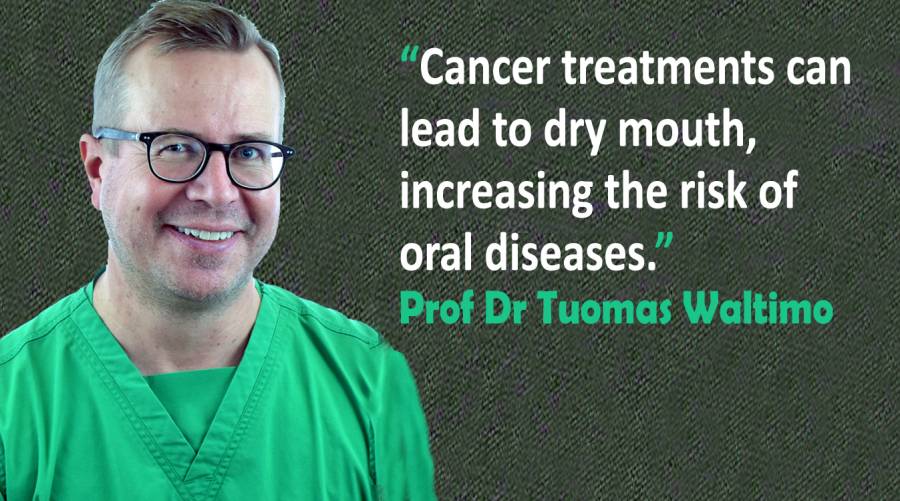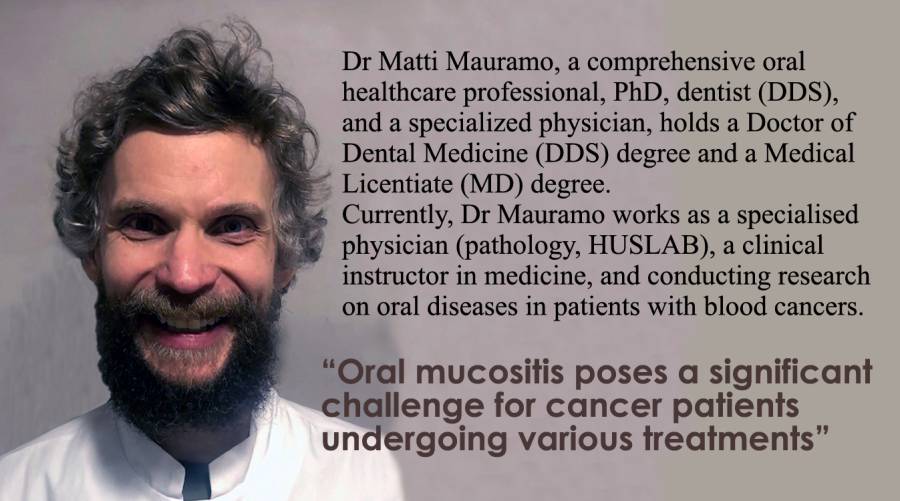Oral mucositis, an agonizing inflammation associated with cancer treatments, may witness a transformative breakthrough through antibacterial dual light therapy, which is an innovative method holding promise for the patients enduring rigorous cancer treatments, alleviating the severe pain, redness, and swelling in the mouth that often hampers therapy outcomes.
Conventional oral mucositis management involves maintaining oral hygiene and utilising ice therapy during chemotherapy. Antibiotics and corticosteroids are considered for bacterial infection and inflammation, though the latter poses immune suppression risks in cancer patients.
Recent research emphasises novel approaches to prevent and treat oral mucositis. Mitochondria-stimulating red-light therapy shows promise as a preventive measure, but its widespread adoption faces practical challenges. Turning to antibacterial treatments as a preemptive strategy to address mucosal ulcers resulting from mucositis has become the focus of recent studies.
In a bachelor's thesis titled "Oral Mucositis – Antibacterial Dual Light in the Treatment of Oral Mucositis" from the University of Helsinki's Faculty of Medicine, Jessica Hentilä investigates the effects of antibacterial photodynamic therapy (aPDT) and antibacterial blue light (aBL) as local treatments for mucositis ulcers.
Hentilä's research demonstrates the efficacy of dual light therapy in targeting Streptococcus Oralis, a common bacterium in mucositis-induced ulcers. This therapy, combining antibacterial treatment with red light therapy, offers a comprehensive solution.
Dr Tommi Pätilä, Hentilä's thesis advisor and a specialist in pediatric heart and organ transplantation surgery, says that reducing the oral bacterial load promotes mucosal wound healing and lowers the risk of infections common in cancer patients. This complements conventionally applied red light therapy, potentially enhancing patient outcomes.
Oral mucositis poses a significant challenge for cancer patients undergoing various treatments. Dr Matti Mauramo, a comprehensive oral healthcare professional, PhD, dentist (DDS), and a specialized physician, holds a Doctor of Dental Medicine (DDS) degree and a Medical Licentiate (MD) degree. As a dentist, he has been working since 2004 in both public and private sectors, including specialised healthcare settings such as the Oral Specialized Care Unit in the City of Helsinki and at the University of Basel in Switzerland. Currently, Dr Mauramo works as a specialised physician (pathology, HUSLAB), a clinical instructor in medicine, and conducting research on oral diseases in patients with blood cancers.
He stresses the importance of good oral hygiene for cancer patients to reduce inflammation. Proper oral care supports patients' ability to chew and maintain a healthy diet during intensive cancer treatments, he says.
Prof Dr Waltimo from the University of Basel, highlights the impact of mucositis on cancer patients, hindering nutrition intake and affecting treatment continuation. He notes the progress made in managing cancer treatment side effects, with a focus on oral infections before stem cell transplantation treatments.
Cancer treatments can lead to dry mouth, increasing the risk of oral diseases. Prof Waltimo underscores the essential role of good oral care for cancer patients due to their heightened susceptibility to infections.
Lumoral's antibacterial treatment, as suggested by Dr. Mauramo, may influence the inflammatory process and induce an anti-inflammatory effect, complementing traditional bactericidal treatments.
Prof Waltimo proposes Lumoral's antibacterial dual light therapy as a preventive measure to support oral health before initiating cancer treatments. Preliminary observations suggest its potential as a vital tool in oral mucositis treatment, with confirmation studies planned. A new doctoral dissertation study at the University of Helsinki in the spring will further investigate this promising approach.

By Nina Garlo-Melkas
Nina Garlo-Melkas, MSc, is a distinguished health and science journalist with a profound passion for communicating complex medical concepts to the general public. Currently serving as the Communications Manager at Koite Health Ltd., Nina brings a wealth of expertise to her role in bridging the gap ...





